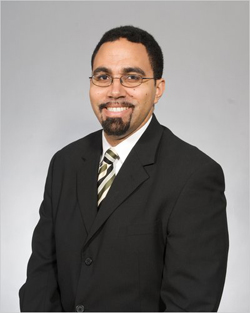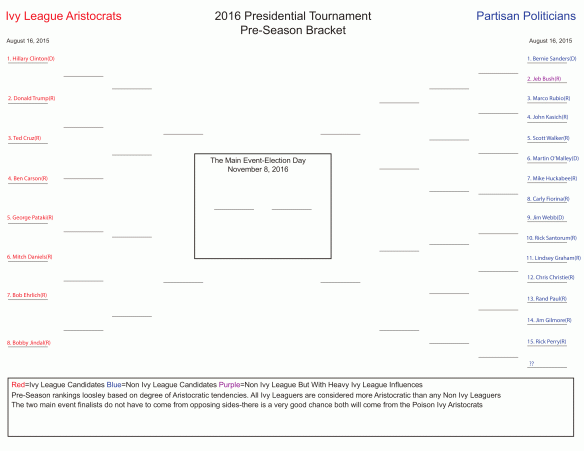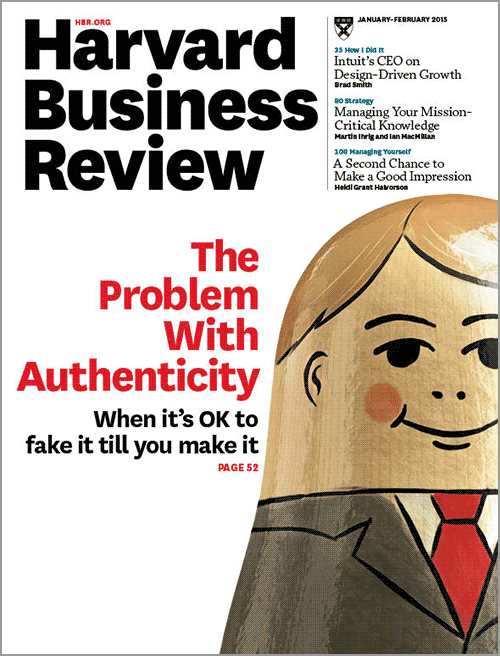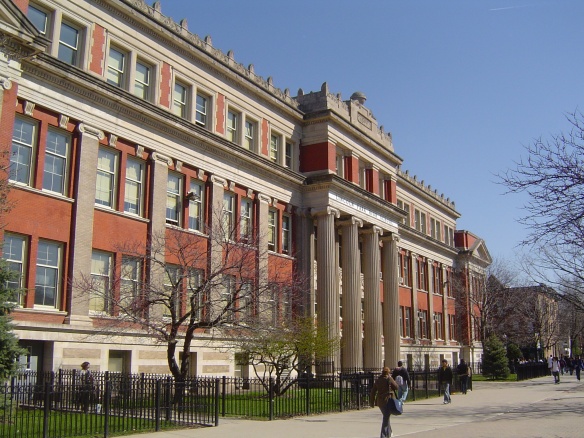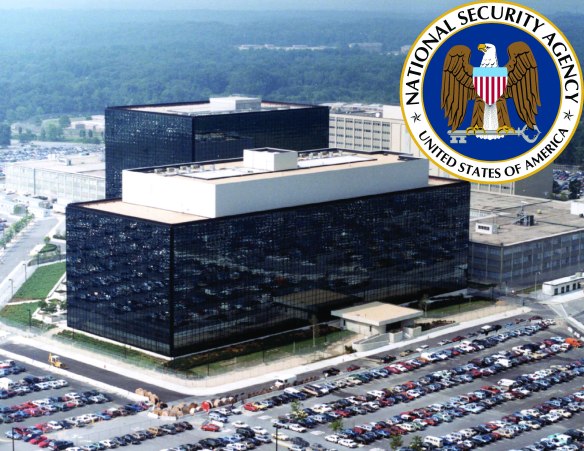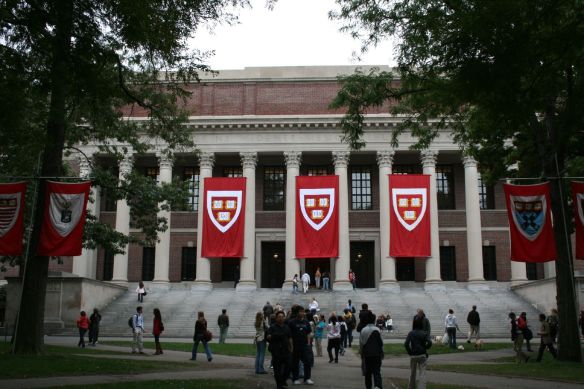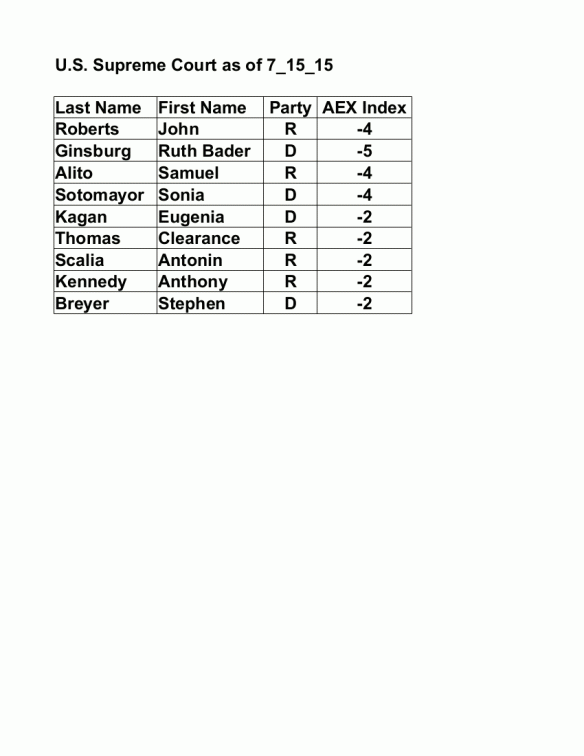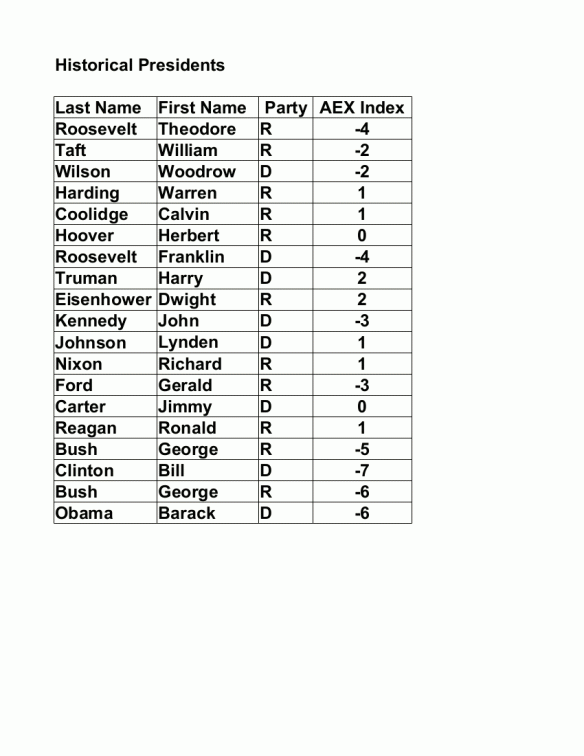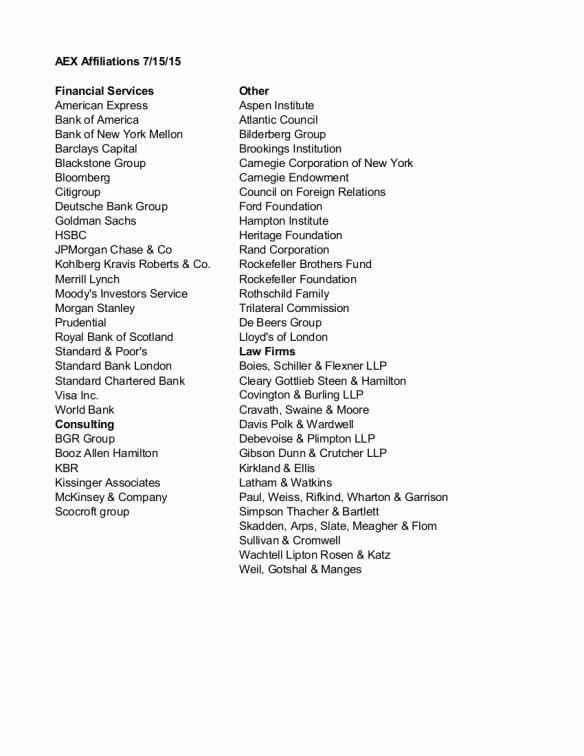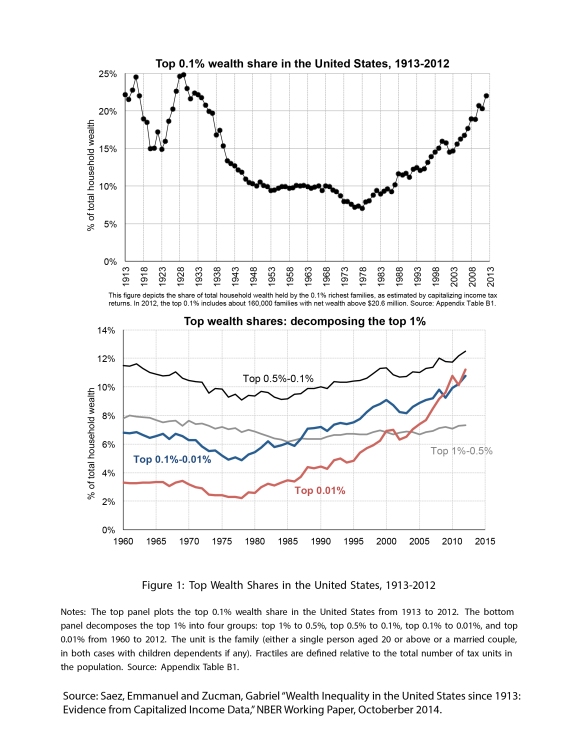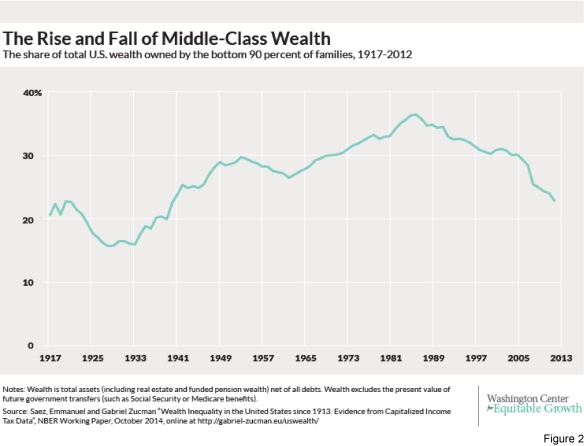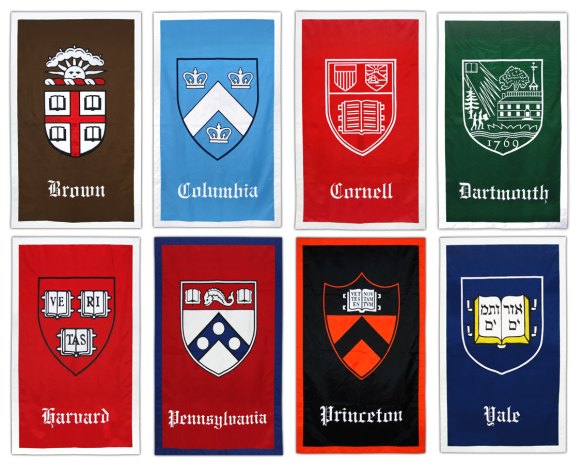
When you realize the extent of the corruption, deceit, fraud, and lies that permeated the financial crisis of 2007-2008, and when you realize that the responsible individuals were all Ivy League educated, you have to wonder to yourself what exactly it is that these schools are teaching? At least among the business, law, and foreign policy programs it is becoming increasingly clear that what is being taught is an unapologetic winning at all cost ethos. If we look past the rhetoric to the actions of these incorrigible ‘leaders’ what emerges is a group of institutions that really are more Poison Ivy than Ivy League.
The Financial Crisis of 2007-8
Many excellent and exhaustive narratives exist that examine in great detail the debacle of our most recent financial nightmare, and we aren’t going to attempt to join this crowded field. However, it’s important to understand just how pivotal the Poison Ivies were in creating this mess. The collective myriad of discourse on the subject agrees on the following 5 causes of the resulting blow up:
1. The repeal of large sections of the Glass Steagall Act via the Gramm Leach Bliley Act
2. The banning of derivative regulation via the Commodities Futures Modernization Act
3. The relaxing of capital reserve ratios
4. Goldman Sachs and AIG’s manipulation of complex mortgage securities
5. The decision to allow Lehman Brothers to Fail
1. The repeal of large sections of the Glass Steagall Act via the Gramm Leach Bliley Act
In 1998, Citigroup and Travelers announced a merger. This was extraordinary because under the Glass Steagall Act it was illegal. Under Glass Steagall, Investment Banks and Commercial Banks were not allowed to mix under the same ownership. Implemented after the stock market crash of 1929, the idea was to protect ordinary consumer banking from the risks of investment banking. Citigroup chairman Sanford Weill (Cornell, -3) appealed to Secretary of the Treasury Robert Rubin (Harvard, Yale, -7), and Fed Chair Alan Greenspan (Columbia, -4) and received a two year waiver from the Glass Steagall rule.
Together with the Clinton administration, they collectively lobbied congress to relax the banking mix ban, and in 1999 Congress passed the Gramm-Leach-Bliley Act repealing these prohibitions. Upon its passage, Rubin joined Citigroup as a director. Banks were now free to use regular consumer deposits in extremely risky ways. In 2002, Phil Gramm, chief sponsor of the deregulation bill went to work for UBS bank.
2. The banning of derivative regulation via the Commodities Futures Modernization Act
Also in 1998, the Commodities Futures Trading Commission released a “concept release”, seeking comments from the public and industry on potential modifications to derivatives regulation. Brooksley Born, the Chair of the CFTC, was extremely concerned about the 25 trillion dollar unregulated marketing over the counter derivatives. Born was a Stanford Law educated attorney with 20 years experience in securities law. She was immediately and stern fully rebuked by Treasury Secretary Robert Rubin (Harvard, Yale, -7) Assistant Treasury Secretary Lawrence Summers (Harvard, -5) and Alan Greenspan (Columbia, -4). Rubin’s top deputy Timothy Geithner (Dartmouth, -3) handled much of the grunt work.
In a meeting just after her appointment to the CFTC, Greenspan invited her to lunch and flat out told her that he wasn’t concerned about fraud in the financial services, and felt that there shouldn’t be any regulations related to fraud because the free market would weed out fraud on its own. Rubin, Summers, and Greenspan mounted an immediate counter attack, and they forced the CFTC to leave derivatives alone.
So three Ivy League elitists bullied a non Ivy League (and well respected) regulator into non enforcement. Just a few months later, in incredible irony, Long Term Capital Management blew up largely because of derivatives gone wrong. Nonetheless, the bullies got Congress to specifically ban the regulation of derivatives with the Commodities Futures Modernization Act in 2000.
3. The relaxing of capital reserve ratios
In 2003 George W Bush selected William H. Donaldson (Harvard, Yale, -7) to head the Securities and Exchange Commission, the first time in 10 years the position had gone to an Ivy Leaguer. Sensing an opportunity, Goldman Sachs CEO Henry Paulson (Dartmouth, Harvard, -6) pleaded with Donaldson to relax the 12 to 1 capital ratio mandated to investment banks by the SEC in 1975. Donaldson and the SEC Acquiesced, and investment bank Net Capital ratios rapidly increased to well over 30 to 1.
Interestingly, both men worked in the Nixon Administration. Paulson was assistant to Nixon counsel John Ehrlichman, who eventually went to jail for his role in the Watergate scandal. Donaldson served as Assistant Secretary of State to Henry Kissinger (Harvard, -7).
4. Goldman Sachs and AIG’s manipulation of complex mortgage securities
Goldman Sachs, as did many other financial companies, sold massive quantities of mortgage back securities. A the housing bubble neared its peak, Goldman recognized that the high leverage (Net Capital Ratio) they had fought for was saturating the financial world, and sensed an opportunity to take out some of their competitors. First they sold many of their riskiest MBS, building up a large cash reserve. They also bought hundreds of millions of dollars worth of MBS insurance, much of it from the American International Group
In 2007, they began marking down their MBS investments and bet against the housing bubble any chance they could.
They even bet against MBS they were actively marketing to clients. It was like they were buying fire insurance on lots of houses and then started setting them on fire to collect the insurance. And they definitely collected. Their collateral calls to AIG eventually ran into the billions, forcing AIG in to major financial trouble. Merrill Lynch, AIG”s second largest mortgage insurance client in the U.S. and headed by John Thain (Harvard, -4) also started enforcing collateral calls.
This was a major contributor to the devastation being wrecked in the financial sector in 2007-8. There was widespread concern that the 5 major investment banks could all fail, and it was increasingly apparent that AIG was nearing bankruptcy. Early September 2008 saw a panic in the financial industry that was eerily reminiscent of 1929. Merrill Lynch was forced by the Government to sell to Bank of America on September
14. On September 15, of 2008, the U.S. Government seized control of AIG, while simultaneously on the exact same day forcing Lehman Brothers in to bankruptcy.
AIG stakeholders, counter parties, and regulators after months of negotiation, neared an agreement that would require counter parties like Goldman and Merrill to take a haircut (discount) on the insurance payouts of up to 40%. This would have reduced AIG payouts to by tens of billions of dollars. In November, Timothy Geithner (Dartmouth, -3), now head of the NY Federal Reserve, took over negotiations and in concert with Treasury Secretary Hank Paulson (Dartmouth, Harvard, -6) and Fed Chair Ben Bernanke (Harvard, -4) decided to use taxpayer money to pay Goldman and Merrill 100 cents on the dollar. Goldman CEO Lloyd Blankfein (Harvard, -7) and Fed Chair Ben Bernanke were friends and lived together in Winthrop House at Harvard.
5. The decision to allow Lehman Brothers to Fail
The Federal Government spent enormous time and capital in 2007-8 to ensure that all of the failing investment banks lived to see the light of the next day. Bear Stearns and Merrill Lynch were absorbed into large financial institutions, and Goldman Sachs and Morgan Stanley benefited from massive government investment. The Governments decision to let Lehman fail was particularly curious given the lengths they went to save other financial institutions.
Furthermore, Lehman had massive investments through its London branch. Unlike in the U.S., the U.K.’s bankruptcy laws required the immediate closing of the London branch. Financial companies with investments in the London division lost everything. The market blew up, and the corporate paper market, used by businesses to fund day to day operations, dropped precariously.
To this day, experts are still confused as to why Lehman Brothers was allowed to fail. Curiously, Lehman CEO Dick Fuld (Colorado, NYU) did not attend an Ivy League school.
The fox guarding the hen house
During this time of unprecedented financial crisis, caused by glaring violations of law, both of the men who served as America’s chief law enforcement officer were members of this New Aristocracy-Attorney General Alberto Gonzales (Harvard, -4) and Attorney General Michael Mukasey (Columbia, Yale, -6). Is it really any wonder that no one has ever been prosecuted for their role in this fiasco?


